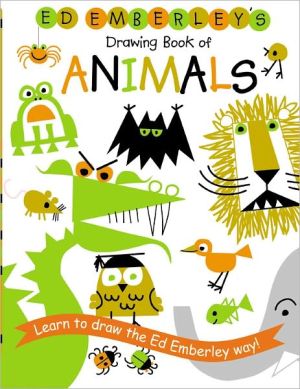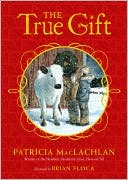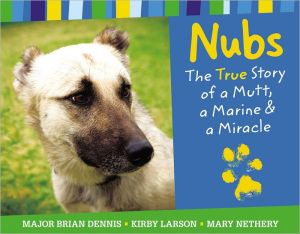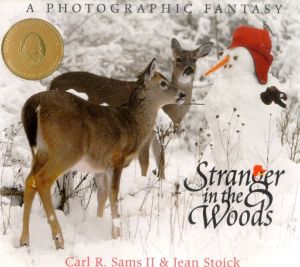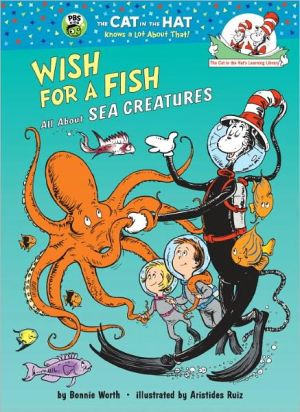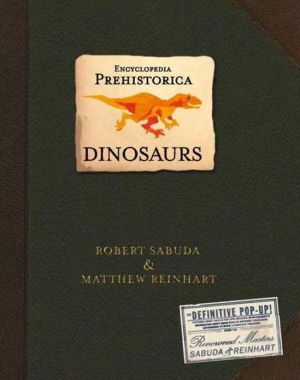Young Birder's Guide to Birds of Eastern North America (Peterson Field Guides)
A new Peterson Field Guide to 200 of the most common and interesting birds in eastern North America, written especially for kids ages eight to twelve.\ Increasingly popular among all ages, birding is an especially popular family friendly activity. This fun and lively guide provides just the right amount of information for kids who have an interest in birds and want to learn more. Each of the 200 species is described on a full page packed with information and written in an engaging...
Search in google:
A new Peterson Field Guide to 200 of the most common and interesting birds in eastern North America, written especially for kids ages eight to twelve.Increasingly popular among all ages, birding is an especially popular family friendly activity. This fun and lively guide provides just the right amount of information for kids who have an interest in birds and want to learn more. Each of the 200 species is described on a full page packed with information and written in an engaging style."Wow!" bursts contain particularly interesting facts about each bird. Range maps are easy to read and each one includes a key, so that small hands won’t have to flip again and again to the front or back of the book. There is even a space for young birders to check off birds they have spotted and the date the species was seen. Color photographs are used for identification purposes, and black-and-white line drawings by Julie Zickefoose illustrate interesting behaviors or characteristics.A birder since childhood, Thompson says he would have loved a book like this one when he was just getting interested in birds. Now a father of two, he spent many hours over a two-year period with his now eleven-year-old daughter’s class getting their advice on what to include in the book.Children's LiteratureTwo hundred birds are featured in this field guide (part of the "Peterson Field Guides" series), which is filled with detailed illustrations and age-appropriate descriptions of each bird. The book works well with elementary and middle school children who are interested in studying birds and who have the ability to get outside and sight birds. One page is devoted to each of the 200 birds and includes each bird's common name, Latin name, and size, as well as a photo of the fowl, an illustration highlighting behavior, and a map showing primary locations. The text on each page focuses on three subject areas: what to look for, what to listen for, and what to remember about the bird. Each page also features a "Wow!" inset, which features some unique fact that a child would love to know. Finally, each page also includes an opportunity for interaction—readers may check a box when they see a particular bird and then write in the date of the sighting. Besides the 200 featured birds, author Thompson begins the book with nine chapters to introduce the basics of bird-watching. For example, one chapter lists necessary bird-watching gear, such as binoculars and a field guide. Another chapter gives ten tips for bird watchers, including the art of pishing. Author Thompson is quite knowledgeable about birds, and he also involved his daughter's fifth grade class in determining the guide's content. Reviewer: Lynn O'Connell
\ Children's Literature\ - Lynn O'Connell\ Two hundred birds are featured in this field guide (part of the "Peterson Field Guides" series), which is filled with detailed illustrations and age-appropriate descriptions of each bird. The book works well with elementary and middle school children who are interested in studying birds and who have the ability to get outside and sight birds. One page is devoted to each of the 200 birds and includes each bird's common name, Latin name, and size, as well as a photo of the fowl, an illustration highlighting behavior, and a map showing primary locations. The text on each page focuses on three subject areas: what to look for, what to listen for, and what to remember about the bird. Each page also features a "Wow!" inset, which features some unique fact that a child would love to know. Finally, each page also includes an opportunity for interaction—readers may check a box when they see a particular bird and then write in the date of the sighting. Besides the 200 featured birds, author Thompson begins the book with nine chapters to introduce the basics of bird-watching. For example, one chapter lists necessary bird-watching gear, such as binoculars and a field guide. Another chapter gives ten tips for bird watchers, including the art of pishing. Author Thompson is quite knowledgeable about birds, and he also involved his daughter's fifth grade class in determining the guide's content. Reviewer: Lynn O'Connell\ \

